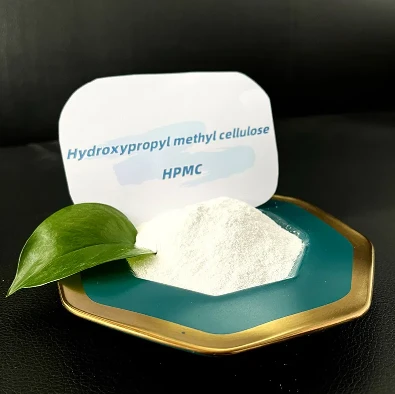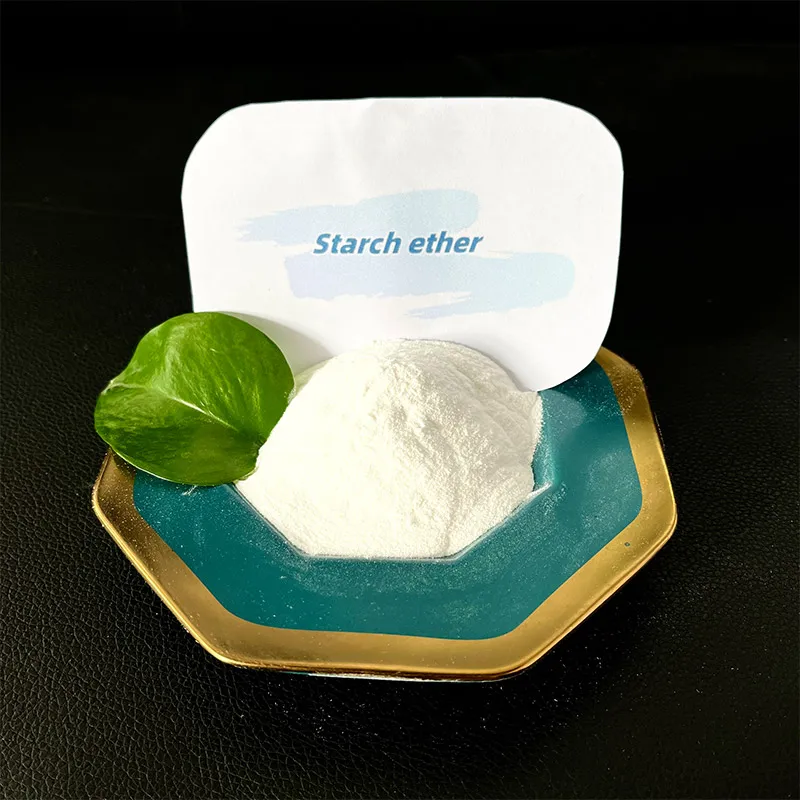
-

Add: HeBei ShengShi HongBang Cellulose Technology CO.,LTD.
-

Email
13180486930@163.com -

CONTACT US
+86 13180486930

Wood Cellulose Composition, Uses & Eco-Friendly Benefits EcoSource
- The fundamental relationship between wood and cellulose
- Understanding cellulose extraction from wood sources
- Properties and advantages of cellulose materials
- Comparative analysis of cellulose production methods
- Custom solutions for industrial cellulose applications
- Real-world implementations and case studies
- Future perspectives on cellulose-based materials

(is wood made of cellulose)
The Fundamental Composition of Wood Cellulose
At its core, wood primarily consists of cellulose fibers held together by lignin and hemicellulose. This complex natural structure provides trees with their renowned strength and flexibility. Cellulose molecules form chains that bundle together into microfibrils, creating nature's reinforcement system. Typically composing 40-50% of wood's dry weight, cellulose represents the world's most abundant natural polymer.
Modern processing begins with debarked timber that undergoes mechanical grinding or chemical treatment to liberate cellulose fibers. During refinement, technicians carefully preserve fiber length and integrity while removing unwanted compounds like lignin and resin. This processing creates opportunities for diverse applications by precisely controlling structural characteristics of the resulting material.
The transformative journey from raw timber to industrial cellulose involves both art and science. Processing parameters such as temperature gradients, pressure differentials, and chemical exposure durations must be meticulously balanced to achieve desired output specifications without degradation to the cellulose structure.
Understanding Cellulose Extraction Processes
Two dominant methodologies exist for isolating cellulose: mechanical and chemical pulping. Mechanical pulping employs high-pressure grinding to separate wood fibers physically, preserving approximately 95% of original wood mass but producing shorter fibers. Chemical processes including the kraft method dissolve lignin bonds using sulfite solutions, achieving higher purity levels between 88-95% cellulose content at approximately 45% yield efficiency.
Advanced extraction innovations like enzymatic hydrolysis and organosolv pulping now offer improved environmental profiles. These emerging techniques reduce water consumption by up to 30% and lower chemical reagent requirements while increasing cellulose purity beyond traditional methods. Implementation of closed-loop circulation systems further minimizes ecological impact.
Critical processing variables include:
- Fiber length distribution for strength optimization
- Crystallinity index affecting binding properties
- Residual lignin percentage influencing coloration
- Surface energy characteristics for functionalization
Properties and Technical Advantages
Cellulose-derived materials demonstrate exceptional functional properties including biodegradability, thermal stability up to 260°C, and mechanical strength exceeding many synthetic polymers. These characteristics position cellulose-based solutions at the forefront of sustainable materials science. Tensile strength measurements range from 300-1000 MPa depending on processing methodology and source material.
Beyond physical attributes, cellulose provides unmatched surface area for functionalization—approximately 150 m²/g for microcrystalline varieties. This enables custom modification for specific applications from drug delivery systems to enhanced composite materials. Oxygen barrier properties make cellulose ideal for food preservation technologies while inherent electrical resistivity suits electronic applications.
The intrinsic hydrogen bonding network allows creation of materials with tunable hydrophilicity, creating adaptive materials for filtration and separation technologies. Fiber orientation patterning further permits directional strength optimization exceeding isotropic materials by factors of 3-5x.
Manufacturing Comparison and Metrics
| Production Method | Yield Percentage | Purity Level | Energy Consumption | Water Usage | Processing Duration |
|---|---|---|---|---|---|
| Kraft Pulping | 44-51% | 88-92% | 12-16 GJ/ton | 25-50 m³/ton | 6-8 hours |
| Sulfite Process | 46-50% | 94-97% | 14-18 GJ/ton | 30-60 m³/ton | 8-12 hours |
| Organosolv | 48-53% | 96-98% | 10-12 GJ/ton | 15-25 m³/ton | 5-7 hours |
| Enzymatic Treatment | 38-42% | 85-88% | 8-10 GJ/ton | 5-10 m³/ton | 24-36 hours |
The organosolv approach delivers superior purity levels nearing 98% while reducing water consumption by 40-60% compared to traditional kraft methods. Emerging enzymatic treatments demonstrate significant energy savings potential, though extended processing durations remain a developmental challenge. Implementation of co-product recovery systems further enhances process economics through lignin and hemicellulose valorization.
Customized Industrial Applications
Advanced dissolution techniques enable customization for specific sector requirements across multiple industries. For textile applications, cellulose solutions are engineered for enhanced dye uptake up to 85% efficiency while maintaining tensile strength of 40 cN/tex. Packaging solutions require barrier properties optimization; advanced coating applications achieve oxygen transmission rates below 10 cm³/m²·day.
Electronics industry specifications necessitate dielectric constant control within ±0.3 between 1-10 MHz frequency ranges. Through degree of substitution modifications, manufacturers can precisely regulate this parameter while maintaining thermal stability above 200°C. Functional group engineering enables specialized bonding characteristics for composite materials where traditional thermoplastics prove insufficient.
Nanocellulose grades demonstrate remarkable adaptability for medical applications. Customized viscosity profiles from 10-10,000 mPa·s allow tailored drug delivery mechanisms while maintaining biocompatibility certification. Surface energy engineering provides solutions specific to hydrophilic or hydrophobic environments required in various industrial processes.
Implementation Success Stories
A prominent Scandinavian packaging firm transitioned to wood-derived cellulose films for their food product lines, achieving barrier performance improvements exceeding 40% while reducing environmental footprint metrics. This transition involved retooling existing production assets through advanced coating technologies applied to cellulose substrates.
The automotive sector demonstrates particularly impressive implementation of cellulose-reinforced composites. A German manufacturer incorporated cellulose nanofibrils into door panel composites, achieving weight reduction of 17% while increasing impact resistance. Performance metrics documented include:
- 12.4% improvement in tensile modulus
- 9.8°C increase in heat deflection temperature
- 33% reduced VOC emissions during production
Medicinal applications showcase custom-engineered cellulose solutions for transdermal delivery systems with precision drug release profiles varying less than ±5% from target curves. Industrial-scale production now achieves consistency metrics exceeding 99% for viscosity parameters critical to pharmaceutical manufacturing standards.
Future Directions for Wood Cellulose Materials
Continued evolution points toward enhanced functionalization of cellulose at molecular levels for specialized applications. Research focuses on developing conductive cellulose composites with applications in flexible electronics and energy storage technologies. Recent laboratory developments demonstrate conductivity levels approaching 100 S/cm through innovative treatment methodologies.
The emerging concept of cellulose-based smart materials that respond to environmental stimuli represents a promising frontier. Light-responsive modifications show potential for self-regulating thermal properties while moisture-responsive configurations enable automated permeability adjustments. These developments will fundamentally reshape manufacturing approaches across consumer goods, construction, and biomedical sectors.
Understanding the fundamental composition of wood cellulose remains critical to these advances. Each innovation builds upon the intrinsic properties of this remarkable natural polymer, demonstrating why understanding whether wood consists of cellulose continues to drive sustainable materials science forward.

(is wood made of cellulose)
FAQS on is wood made of cellulose
Q: Is wood made of cellulose?
A: Yes, wood is primarily composed of cellulose, along with lignin and hemicellulose. Cellulose forms the structural framework of plant cell walls. These components give wood its rigidity and strength.
Q: Is cellulose made from wood pulp?
A: Yes, cellulose is commonly extracted from wood pulp through chemical processing. The pulp is treated to remove lignin and other impurities. This purified cellulose is used in products like paper, textiles, and plastics.
Q: Is cellulose made from wood?
A: Yes, cellulose is naturally produced by plants, including trees. Wood serves as a primary industrial source for extracting cellulose. The process involves breaking down wood fibers to isolate the cellulose.
Q: What percentage of wood is cellulose?
A: Cellulose typically makes up 40–50% of wood’s dry weight. Lignin and hemicellulose account for most of the remaining composition. Exact percentages vary depending on the tree species.
Q: Can cellulose be sourced from non-wood materials?
A: Yes, cellulose is also found in cotton, hemp, and other plant fibers. However, wood remains the most common industrial source due to its abundance. Alternative sources are often used for specialized applications.
-
Why HPMC for Sale Is EssentialNewsJun.05,2025
-
The Role of Retarder in GypsumNewsJun.05,2025
-
Redispersible Emulsion PowderNewsJun.05,2025
-
Fibre Made from Wood PulpNewsJun.05,2025
-
Exploring the Rubber Powder Production LineNewsJun.05,2025
-
Exploring Polyolefin FiberNewsJun.05,2025
-
Re Dispersible Polymer PowderNewsJun.03,2025











